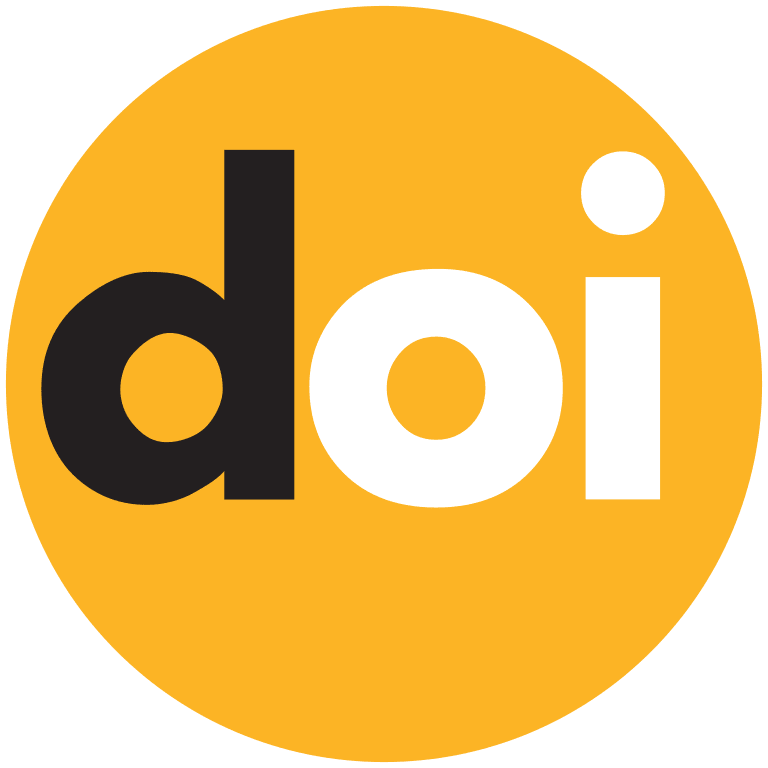| Issue | Vol. 9 No. 2 (2025) |
| Release | 31 July 2025 |
| Section | Articles |
This study aims to improve the efficiency and functionality of the public kitchen layout in ST Village by integrating the design thinking method with the work triangle concept. Design thinking was applied to explore user needs and guide solution development through a user-centered, iterative process. The work triangle concept was used to assess movement efficiency across three primary kitchen zones: storage, washing and preparation, and cooking and serving. User needs were identified through interviews and observations, which led to the creation of two layout alternatives. The work triangle analysis evaluated movement efficiency across these zones. A concept scoring method assessed the alternatives based on space efficiency, ease of movement, occupational safety and health, and process flow. Alternative 1 emerged as the optimal design, scoring 5, compared to 7 for Alternative 2, with a reduced work triangle perimeter of 540.98 cm. The design improved accessibility, posture, and task coordination while minimizing unnecessary movements. Additional improvements included optimized lighting, achieving 500 lux with two 36-watt luminaires, and better ventilation. User feedback confirmed increased comfort, safety, and efficiency. This study demonstrates how user-centered design and ergonomic principles can optimize shared kitchen spaces in rural communities, addressing gaps in research on private or commercial kitchens.
Keywords: Public Kitchen, Design Thinking, Work Triangle, Ergonomics, User Needs
If the reviewed manuscript is accepted, the corresponding author will receive a detailed guide and a checklist for final manuscript submission requirements. Each author will be asked to sign a copyright form. The return of the signed form completes the acceptance process. Please note that the manuscript will not be published without the signed copyright form.


